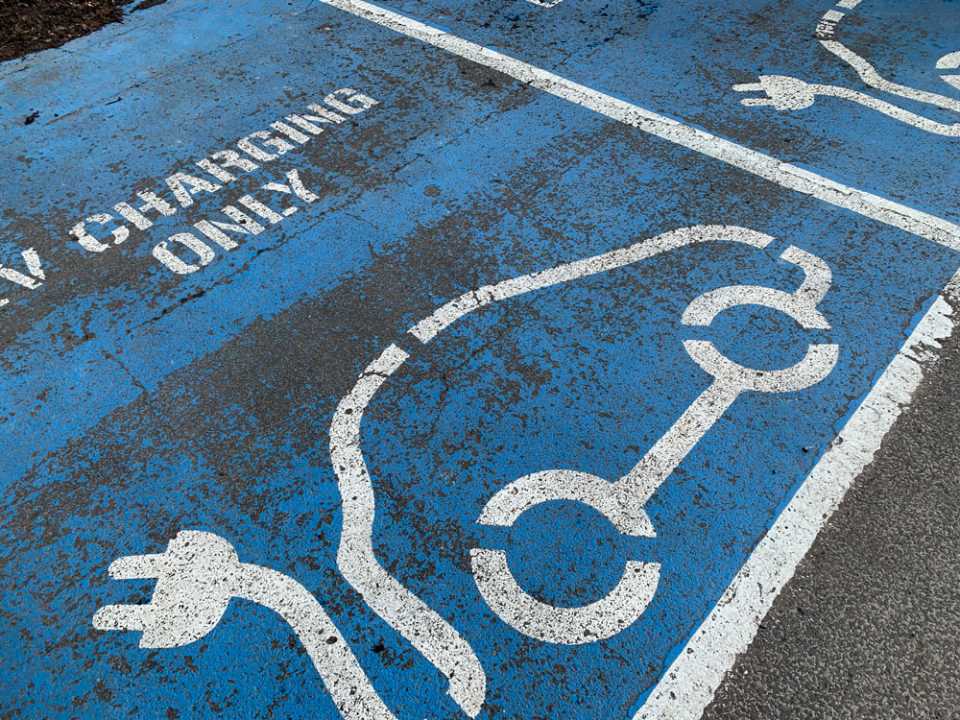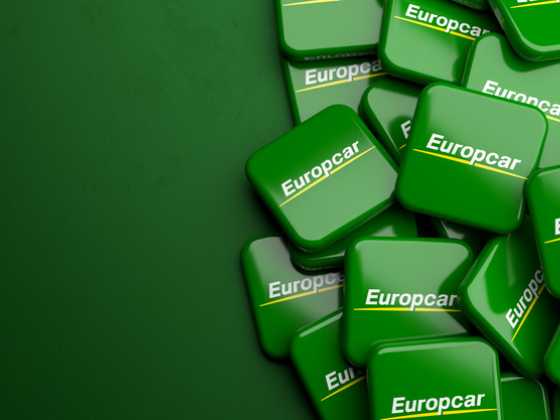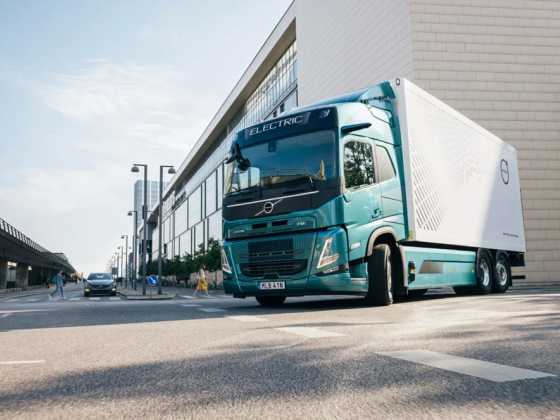Zapmap reveals how public charging prices changed in 2023

Zapmap has published new figures showing how electric car charging prices on the UK’s public network changed during 2023.
The figures – derived from the Zapmap Price Index – show that the overall cost of charging on the public network increased by 11% in the 12-month period, and that the premium to charge on the high powered rapid/ultra-rapid network remains at around 47 per cent.
However, even with these increases in cost across 2023, the figures from the Zapmap Price Index showed that, as of January 2024, electric car drivers are still in a better position in the majority of cases than drivers of petrol and diesel cars who have to fill up at the pumps.
The Zapmap Price Index takes more than a million recorded charging sessions per month and calculates the weighted average cost that an EV driver pays to charge on the public network. The Index takes into account the increases in price by individual charge point operators, as well as where the largest volume of energy consumption occurs.
The figures show that the increase in costs on the rapid/ultra rapid network - where the majority of charging takes place - is driven by two key factors. The first is consolidation. Although many operators held their prices last year, others significantly increased theirs to bring them in line with the rest of the market.
While there was previously quite a difference in pricing levels, the top six rapid/ultra rapid charging networks have now all settled on a price point of 79p per kWh, with InstaVolt on 85p per kWh.
The second factor is the changing mix of charging, with more drivers opting for the faster, but generally more expensive ultra-rapid (100kW+) charge points. Most significantly, the amount of energy transferred each month by ultra-rapid charge points overtook that of rapid charge points, in June 2023.
During December 2022 for instance, rapid charge points delivered almost half (49%) of all kWh delivered in the month, while ultra-rapid charge points delivered 29% of the total. In contrast, December 2023 saw rapid chargers deliver just 32% of all kWh in the month, with ultra-rapid chargers delivering 45% of the total.
The figures show that, although ultra-rapid options are generally more expensive, electric car drivers increasingly used these high-powered devices as their numbers grew in 2023. According to Zapmap, the estimated energy transferred by ultra-rapid charge points increased by nearly 150% over the course of the year, while the number of ultra-rapid devices increased by 112% in the same period.
The consolidation of prices at the new higher level in public charging can be seen in the context of uncertainty in wholesale energy prices - there are no price caps for business - and an increase in the costs of building and operating charge points.
One major factor has been a change to the grid code that means operators are having to absorb standing charges that are, in some cases, 10 times what they were two years ago. In parallel, charge point operators are facing increasing pressure to deliver a good return on investment.
Melanie Shufflebotham, Co-founder & COO at Zapmap, said: “This year, with the continued uncertainty in wholesale energy prices and other cost pressures, don’t expect prices on the public charging network to come down in the near future.
“However, looking to the future, there are reasons to be positive. There is continued pressure on the government to equalise the VAT levels between domestic and public charging at 5%. FairCharge is campaigning hard on this and the recent recommendations from the House of Lords also state that the government should act on this.
“In addition, the industry is working both to look at the standing charges and to see if they can get electricity within the government’s Renewable Transport Fuel Obligation.
“In the here and now, most electric car drivers continue to experience lower costs than driving an equivalent petrol or diesel car. The Zapmap Price Index, updated monthly, keeps track of the price that electric car drivers pay when out and about, as well as how prices vary across different types of chargers. This helps drivers seek out the cheapest charging options and keep an eye on costs.”



